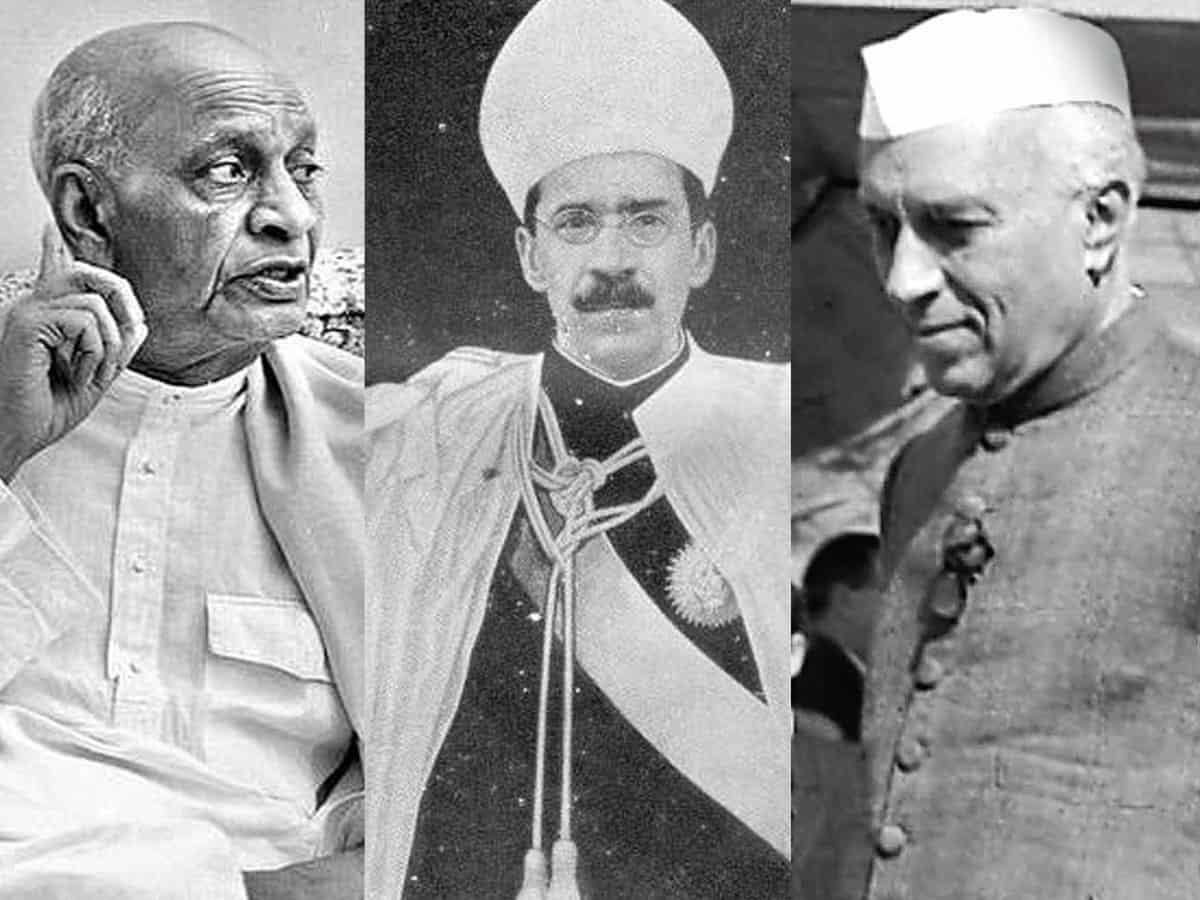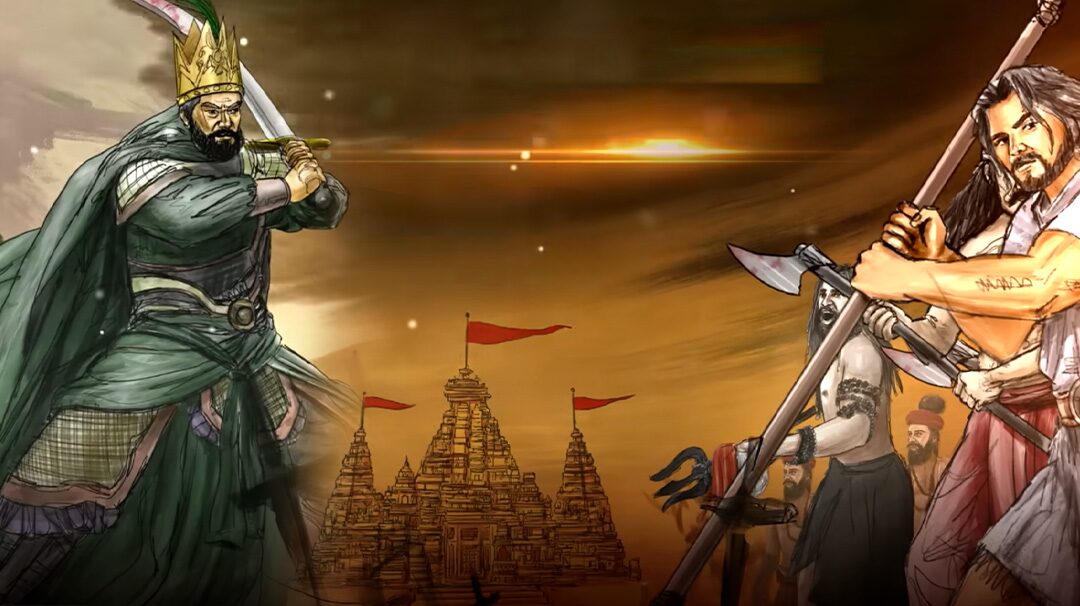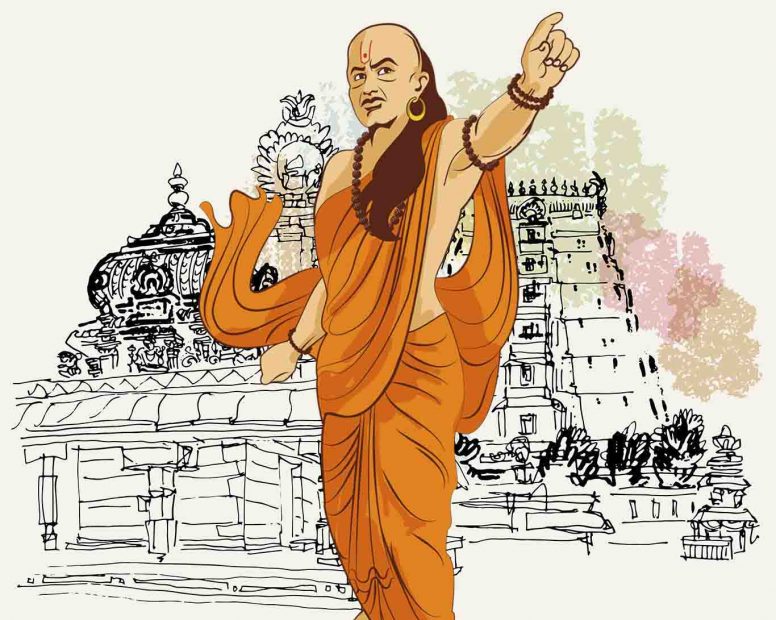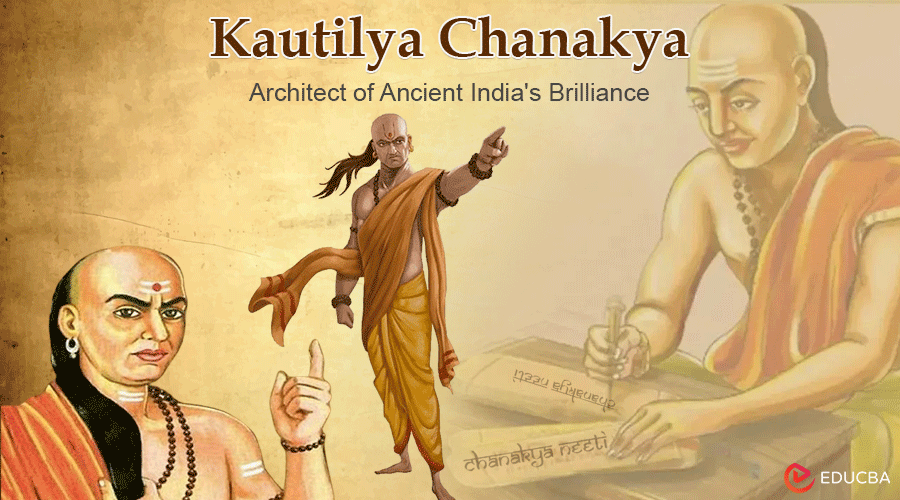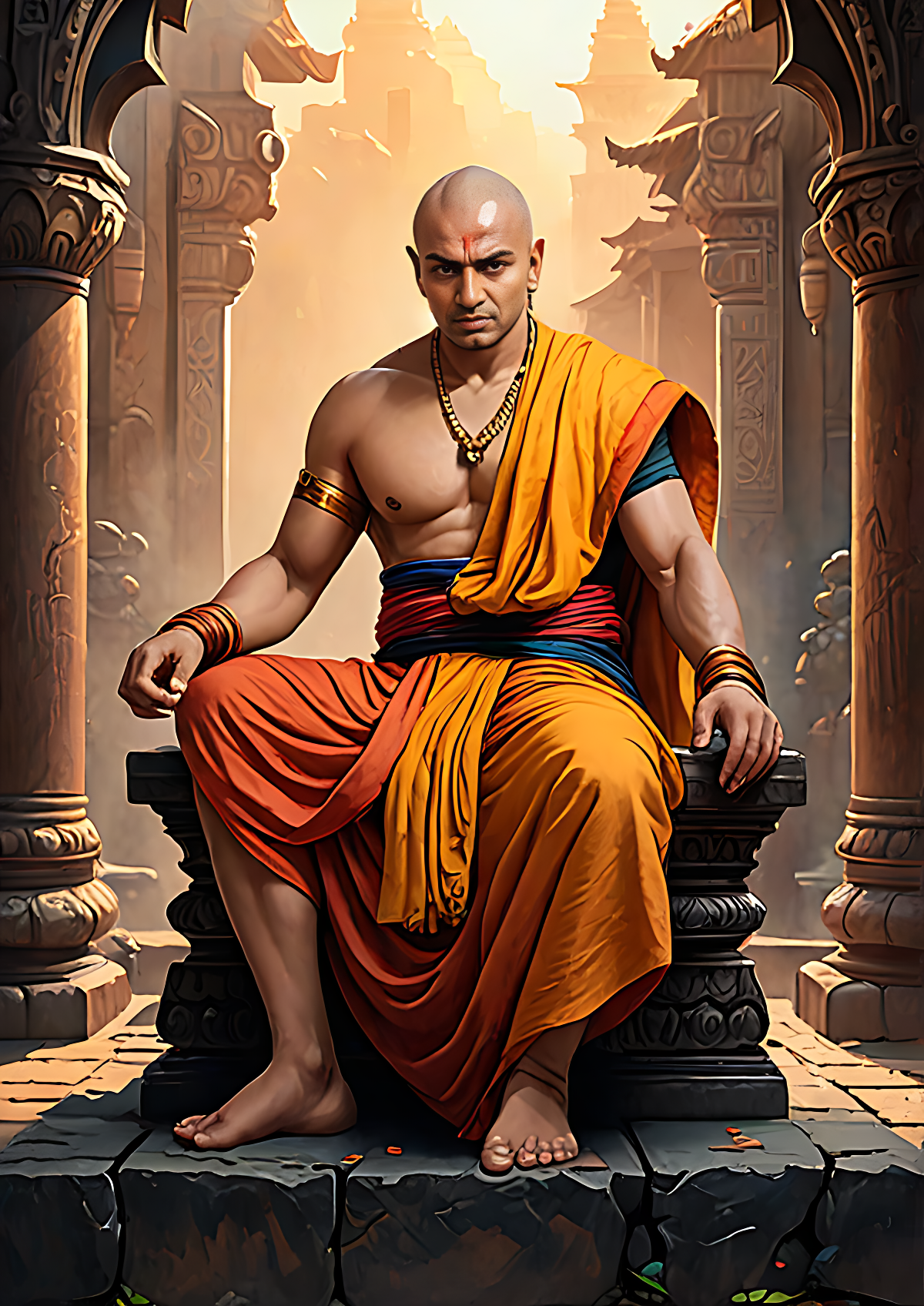
Introduction
Kautilya’s foreign policy is deeply rooted in his Saptanga theory, which identifies the seven essential organs of a state. Among these, Durga (fort), Kosha (treasury), and Mitra (ally) play a crucial role. While Durga and Kosha are necessary for internal security and defense, Mitra is essential for maintaining relationships with foreign states. In his treatise Arthashastra, Kautilya extensively discusses foreign policies and diplomatic strategies.
Kautilya strongly advocated for the expansion of the kingdom. He believed that a ruler should always be ready for an expedition when the situation is favorable. Conquering neighboring territories was a key strategy for kingdom expansion. While this idea may seem unjust in modern times, during Kautilya’s era, the desire to be a conqueror (Vijigishu) was considered natural and even necessary. A ruler’s ultimate success was measured by his ability to build a vast empire. Therefore, Kautilya’s ideas on foreign policy should be understood within the historical and political context of his time.
Kautilya’s foreign policy is based on two major theories: the Sadgunya theory and the Rajmandala theory. The Sadgunya theory outlines six strategic measures a king can adopt based on the situation. These are Sandhi (peace), Vigraha (war), Asana (neutrality), Yana (marching), Samsraya (seeking shelter), and Dvaidhibhava (dual policy).

- Sandhi refers to making peace when the king is weaker than his enemy. It is a temporary alliance used to gain strength.
- Vigraha is the policy of hostility. When a king is stronger than his enemy, he should engage in war to conquer the opponent’s territory.
- Asana is the policy of remaining neutral. If the king finds that his power is equal to his enemy’s, he should avoid both war and alliance and remain quiet.
- Yana is the continuous expansion policy. When a king is powerful, he should undertake expeditions to conquer as many territories as possible.
- Samsraya is the policy of seeking refuge when the king is extremely weak. He should retreat to a fortified place and wait for the right moment to strike back.
- Dvaidhibhava is a diplomatic strategy where the king maintains peace with one ruler while engaging in war with another.
According to Kautilya, the Sadgunya measures must be applied at the right time, with the ultimate goal of kingdom expansion.
The Rajmandala theory is another fundamental concept of Kautilya’s foreign policy. It describes the political landscape as a circle of states surrounding the central ruler (Vijigishu). Kautilya identified twelve key relationships in this system:
- Vijigishu – The conqueror or the aspiring ruler.
- Ari – The enemy of the Vijigishu.
- Mitra – The ally of Vijigishu.
- Ari-Mitra – The ally of the enemy.
- Mitra-Mitra – The ally of Vijigishu’s ally.
- Ari-Mitra-Mitra – The ally of the enemy’s ally.
- Parsanigraha – The rear enemy of Vijigishu.
- Akranda – The rear ally of Vijigishu.
- Parsanigraha-Sara – The ally of the rear enemy.
- Akranda-Sara – The ally of the rear ally.
- Madhyama – A powerful neutral state that can influence both Vijigishu and his enemies.
- Udasin – A state more powerful than Vijigishu and his enemies, which remains indifferent.
This strategic framework helps the ruler decide how to engage with different states based on their position and influence. If a proper Rajmandala exists, the king should first defeat the enemy (Ari), then the neutral power (Madhyama), and finally the indifferent ruler (Udasin). However, if the geopolitical situation does not match the ideal Rajmandala structure, the king must adapt his strategy accordingly.
Kautilya also emphasized the role of diplomacy and Doota (envoys) in foreign policy. Unlike modern diplomacy, which aims at peace and conflict resolution, Kautilya’s diplomacy was aimed at kingdom expansion. A Doota played a crucial role in gathering intelligence and negotiating with foreign rulers. Kautilya identified three types of Dootas:
- The free envoy, who had the authority to negotiate and sign treaties independently.
- The restricted envoy, who could engage in discussions but needed approval from his king for final decisions.
- The messenger, who only conveyed messages without engaging in negotiations.
The information gathered by Dootas helped the king plan his expeditions and strategies. However, Kautilya also emphasized the importance of consulting ministers (Mantris) and ensuring the readiness of the military (Danda) before launching an attack.
Kautilya categorized military expeditions based on their duration:
- Long-term expeditions should be started in Magha (winter).
- Medium-term expeditions should begin in Chaitra (spring).
- Short-term expeditions should take place in Jyeshtha (summer), avoiding the monsoon season.
Military strength (Danda) was essential for a successful conquest. The army consisted of four main divisions: chariots, elephants, cavalry, and infantry. These forces had to be well-trained and strategically deployed.
Kautilya also classified conquerors into three types:
- Dharmavijayee – Those who sought conquest for honor and glory.
- Arthavijayee – Those who conquered for wealth and economic benefits.
- Asuravijayee – Ruthless conquerors who looted and oppressed the conquered territories.
Kautilya supported the first two types, as they aligned with his vision of a well-governed empire.
In conclusion, Kautilya’s foreign policy was primarily based on the idea of expansionism. Unlike modern diplomatic principles that advocate peace, Kautilya believed in the motto: “Prepare for war and go to conquer.” His Rajmandala and Sadgunya theories provided a systematic approach to diplomacy, war, and alliances. By combining military strength, strategic alliances, and intelligence gathering, Kautilya’s model aimed to establish the Vijigishu as the supreme ruler of an ever-expanding empire.

